

尽管运输货物的飞机仍在使用樟宜机场,但仅占疫情之前总航班量的5%。新加坡目前已开始为过境者服务,然而即便是高峰期,客流量也最多占过去总客流量的三分之一。
尽管和80年代初许多航空公司还没决定在新加坡设点情况不同,但是因受客流影响,新加坡面临着航空经济收入微薄等同样困难。
中美之间的技术和经济竞争可能会使全球供应链分裂,并改变全球贸易和运输方式。
北极冰盖的融化可以改变海上路线。世界日益增强的环境意识,促使我们所有人必须在国内和国际上使用更清洁的能源。
目前最大的破坏和挑战是新冠病毒,它使我们受到挫折,使飞机停飞,将我们限制在家中,并迫使我们进入“虚拟生活”,去进行线上学习,远程办公和电子商务。
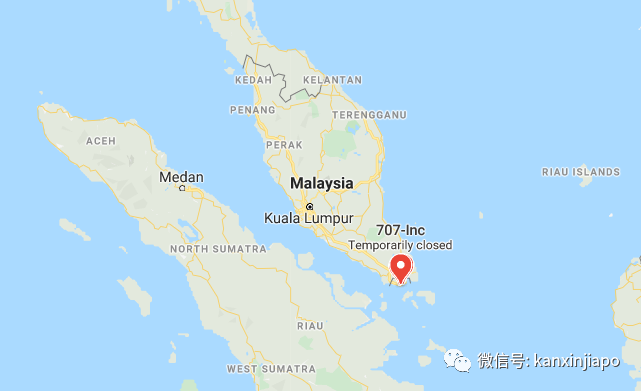
1965年独立后,我们在美国领导的世界秩序中立足,进行了工业化,吸引跨国公司到新加坡,并成为许多商业活动的全球枢纽。
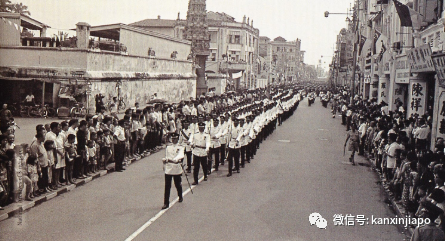
但是天然的地理优势是不够的,因为从那以后我们走过的路不是大自然“赏饭”,而是用手创造的。我们抓住海上机遇,建立了航空、金融、信息通信、会展、教育、研究与开发中心。几代新加坡人为此而努力工作。
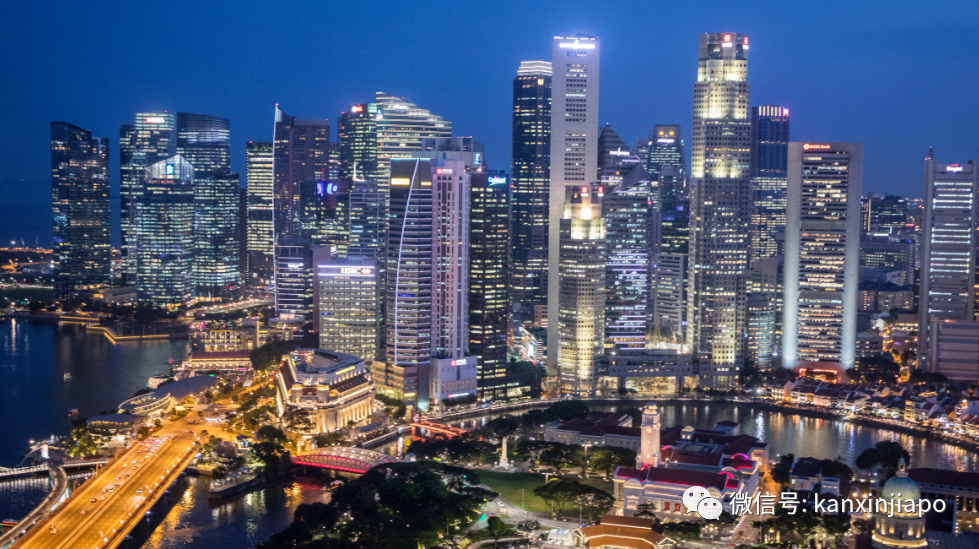
一种更环保的移动方式
地铁、巴士在过去几年中大大提高陆路交通服务的可靠性,我深表感谢。该系统过去每行驶13万列车公里,故障时间超过5分钟。现在,这种故障之间的间隔超过一百万列车公里。
上周我访问SMRT仓库时,SMRT首席执行官Neo Kian Hong告诉我,现在70%的维护工作是预防性维护,而30%则用于纠正性维护。几年前,这个比率几乎反过来了。
这明确表明陆路交通服务的好转。对此工程师们功不可没。不过,这不是胜利的宣告,而是警钟。我们今天拥有的良好服务来之不易。我们必须继续把维护和工程放在第一位。
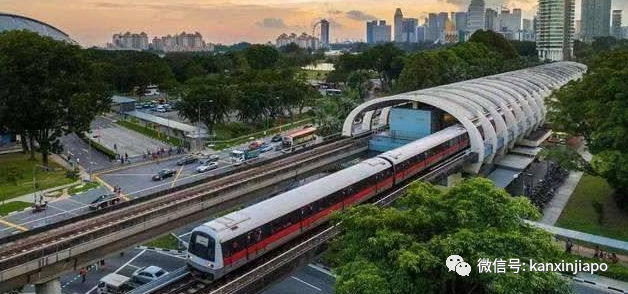
政府为陆路运输投入了大量资源。今天的捷运地图与许多欧洲先进城市一样紧密和全面。捷运线路的建造成本昂贵,政府无法通过票价来收回基础设施成本。
维护和运行系统以及更新老化的运营资产(特别是对于捷运系统而言)花费很多。票价收入不足以支付这些运营费用。政府每年已花费20亿新币补贴公共交通系统的运行。
但是,有吸引力的公共交通系统带来了更绿色、更公平和更好的新加坡,并帮助我们成为一个汽车小国。交通是新加坡绿色发展的一部分。交通运输部将与其他部门紧密合作,为新加坡制定全面的可持续发展计划。
世界贸易的交叉点
我们的海港和机场是我们的两个肺叶——吸收氧气并使人体所有其他部位充满活力。我们经济的每个部门都依赖我们的海港和机场。让我从冠病时期情况比较好的一个肺叶——海港说起。

今天,鹿特丹已跌至第11位。现在第一名是上海。但这些年来,新加坡仍然排名第二。那这是怎么发生的?
但是新加坡是转运港口。我们是世界的交换点,货物到达并重新连接到其他运输线。
因此,今天,一艘抵达新加坡的大型拖船通常会将其集装箱转移到另外100艘船上。然后从另外200艘船上取走集装箱。因此,每条在新加坡停靠的主拖运船代表100 x 200 = 20,000个连接。这就是海洋的互换。
我们建立在充满活力的港口上,并在航运、船舶金融、海洋保险、海事法律、海事物流等领域产生了许多其他互补性产业。
我们的港口受到疫情影响,PSA预计今年的运量将下降。但是PSA会做出灵活的反应,以抓住电子商务等领域的新机遇,并投资于其竞争优势。
PSA正在开发下一代大士港,并在那巩固其业务。它计划到2040年代处理多达6500万标准箱的容量。为新加坡的枢纽地位增添弹性。
过去我们记录每天有超过1000架飞机的起降,现在大约是150架。就国际旅客流量而言,我们是世界上第七繁忙的机场,但现在已降到第50位。更糟糕的是,我们没有国内航空旅行可以依靠。

新加坡已经开始为过境者提供服务,但是即使在高峰期,客流量最多仅占樟宜过去旅客总流量的三分之一。如今,与我们之前每年将近2000万客运量相比,疫情后机场每天服务400人次。
正如樟宜机场的同事告诉我的那样,冠病让我们倒退了至少40年,回到了1981年第一航站楼首次开放的状况。但是那时和现在对比有很大的不同。
在1980年代初期,许多航空公司还没有决定来樟宜机场。我们全力以赴,以确保航空公司安全,包括单方面开放天空以邀请承运人来樟宜机场。
今天,许多航空公司在这里,樟宜机场已发展成为世界一流的机场。我们的挑战是在控制病毒传播的同时,恢复乘客数量。情况有所不同,但我们需要面对的经济收入挑战等与1980年代初期一样。
向病毒传播风险情况与我们相似或低于我们国家和地区开放是一个很好的开始。这些地区乘客约占我们疫情之前乘客量的40%。
但是客流不能随意打开和关闭。我们需要同时采取明智的措施,与每个国家的风险状况相称,并随着我们变得更加自信而逐步采取步骤。
例如,我们可以考虑单方面向某些已控制该病毒的国家或地区的旅客开放。我们可以为商务旅行增设互惠绿色通道,也可以将其范围扩展为一般旅行。强制14天的隔离对旅行者来说是一个主要的阻碍因素,我们可能不得不考虑采用严格的测试来代替隔离。
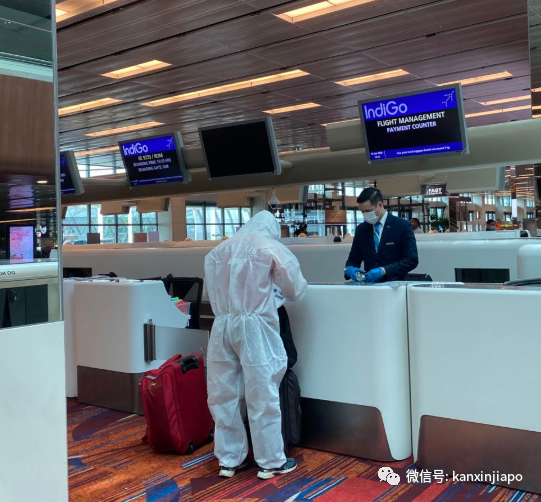
我问樟宜机场集团首席执行官这是为什么。他说,航站楼已经关闭,他们不得不节省成本,包括维护成本。他补充说:“但是,种植的九重葛很耐寒,它们会活下来的。”
我做了园丁朋友教我的事情,用指甲擦了一种枯萎植物的树皮。确实,在干燥的棕色树皮下面是鲜绿色的茎。如果植物有心脏,它仍然在跳动吸水。
关于新加坡的命运,以下真理成立:为了生存,我们必须保持边界开放。要蓬勃发展,我们必须与世界建立联系。为了繁荣,我们必须成为全球经济的枢纽。
因此,交通运输部的使命——建立物理联系,将新加坡人聚集在一起,将世界带到新加坡,将新加坡带到世界。
冠病减少了航空旅行,使我们的一个肺叶丧失了功能,但是新加坡的心脏——我们的决心、活力和努力精神仍然强劲。樟宜机场将有一天再次充满客流,新航飞机航班数量将再次飙升。这是我们在未来数月和数年内的集体使命,因为我们再次等待九重葛的开花。
祝第55个国庆快乐!
Truths to Keep Singapore Moving
A new world order is now reshaping Singapore’s global connections.
Technological and economic rivalry between China and US may bifurcate global supply chains and alter global trade and shipping patterns.
The melting of the Arctic ice sheets could reshape maritime routes. Heightened environmental consciousness must push us all to use cleaner energy, domestically and internationally.
But the biggest disruption is COVID-19, which has hamstrung and crippled us. It has grounded planes, confined us to our homes, and forced us into a virtual life – eLearning, telecommuting and e-commerce.
But some things remain unchanged, such as our geography. As early as the 13th Century, the island of Singapore has been a bustling regional port. We rode the monsoons to connect the markets of India, Southeast Asia and China.
The British arrived in Singapore in 1819, established it as a settlement and turned us into a free port. We connected with Europe – that was perhaps Globalisation 1.0.
Post-independence in 1965, we found our footing in a US-led world order. We industralised, attracted MNCs to Singapore, and became a global hub for many business activities.
The reason for this continuity is the importance of the Straits of Malacca to global trade. Even today, up to a third of global trade passes through the Straits.
But geographical endowment is not enough, because the road we travelled since then is not made by Nature but carved by hand. We seized maritime opportunities to establish hubs in aviation, finance, infocomms, MICE, education, research and development. A few generations of Singaporeans worked hard to bring them here.
It is important to recognise these constants in the midst of change. They offer us a centre of gravity as we adapt to a different future.
A Greener Way to Move
Let me start with land transport, which all of us hold dear.
I am deeply thankful to MOT, LTA, SMRT and SBS Transit for the vast improvement in train service reliability over the past few years. The system used to suffer a breakdown longer than five minutes for every 130,000 train-km travelled. Now it is clocking over a million train-km between such breakdowns.
When I visited the SMRT Tuas Depot in the wee hours of Hari Raya Haji last week, SMRT CEO Neo Kian Hong told me that 70% of maintenance effort is now devoted to preventive maintenance, and 30% to corrective maintenance. A few years ago, the ratio was almost flipped the other way around.
This is a clear sign that we have turned the corner. As they have done so many times in Singapore, engineers here have saved the day. Still, this is not a declaration of victory, but a cautionary bell. What we have today is hard won. We must continue to place maintenance and engineering as a top priority.
Over the next decade or so, we will open new stations and lines almost every year – starting with the remaining stages of Thomson-East Coast Line, to completing Circle Line, and opening Jurong Region Line and then Cross Island Line. The MRT network will grow from around 230km today to 360km by then.
We are also expanding the cycling network, improving first and last mile connections. The bus network will complement the train network.
We are devoting a lot of resources to land transport. The MRT map today is as tight and as comprehensive as many advanced European cities. MRT lines are expensive to build, and the Government does not recover the infrastructure costs through fares.
It also costs a lot to maintain and operate the system, and renew ageing operating assets, especially for the MRT system. Fare revenue is insufficient to cover these operational expenses. Government has been spending $2 billion every year to subsidise the running of the public transport system.
But an attractive public transport system brings about a greener, fairer and better Singapore, and help us move towards a car-lite nation. Transport is one part of the greener development of Singapore. MOT will be working closely with MND and the new MSE, to develop a comprehensive sustainable development plan for Singapore.
Intersection of World Trade
Let me now turn outwards, to sea and air – lifeblood to an islandnation.
Investors in Singapore want the assurance that components, finished products, their key people, customers, partners and suppliers, can come in and out of Singapore freely. This freedom of movement, goods, and capital give us a significant competitive edge.
Our seaport and airport are our two lungs – taking in oxygen and vitalising all other parts of the body. Every sector of our economy relies on our seaport and airport. Let me start with the one lung that is doing relatively well despite COVID-19 – our seaport.
When I was in primary school – in the 1970s – I learnt that Singapore was the second largest port in the world by cargo volume, after Rotterdam.
Today Rotterdam has dropped to number 11. Number one is now Shanghai. But Singapore remains at number two after all these years. How did that happen?
It is because Rotterdam and Shanghai are gateway ports, meaning that they manage the transport of cargo in and out of large hinterlands like Europe or China. So as the economic weight of countries and continents changes, the sizes of the gateway ports change.
But Singapore is a transshipment port. We are an interchange of theworld, where cargo arrives and reconnects to other shipping lines.
So today, one main haul ship that arrives at Singapore will typically transfer its containers to 100 other ships. It then takes on containers from another 200 ships. So, each main haul ship calling at Singapore represents 100 x 200 = 20,000 connections. This is what it means to be an interchange of the sea.
As a transshipment port, Singapore has been the biggest in the world, by volume. That is in turn due to the importance of the Straits of Malacca and Singapore, which has not diminished from the time I was in primary school.
We built on our dynamic port and generated many other complementary industries, in shipping, ship finance, marine insurance, maritime legal, maritime logistics.
Our port has been affected by COVID-19, and PSA is anticipating a drop in volumes this year. But PSA will respond nimbly, to capture new opportunities in areas such as e-commerce, and investing in its competitive advantage.
PSA is developing the Next-Generation Tuas Port and consolidating its operations there. By the 2040s, it plans to handle capacity of up to 65 million TEUs. PSA is also not just the Port of Singapore, but a network of ports across continents, adding resilience to Singapore’s hub status.
Reviving our Air Hub
Unlike the seaport, our other lung – the airport – has been almost totally incapacitated. Strict border measures, and health concerns have deflated international air travel to almost zero.
We used to record over 1,000 aircraft movements a day, now it is about 150. We were the 7th busiest airport in the world in terms of international passenger traffic, but have dropped to 50th. Worse, we have no domestic air travel to fall back on.
We have tried to bring back demand in various ways. Cargo planes are still using Changi, but they are only about 5% of total flights pre COVID-19.
We have started to serve transfer and transit passengers, but even at its peak, they accounted for at most a third of total Changi passenger traffic. Today we are serving only a trickle of that, at 400 passenger movements a day, or 150,000 a year, compared to our pre-COVID 19 volume of close to 20 million a year.
As colleagues from Changi Airport told me, COVID-19 set us back by at least 40 years, to 1981 when Terminal One first opened. But there is a big difference between then and now.
In the early 1980s, many airlines had not decided to come to Changi. We went all out to secure airlines, including unilaterally opening up our skies to invite the carriers to come to Changi.
Today, the airlines are here, and Changi has grown into a world-class airport. Our challenge is to restore passenger volume, while keeping virus transmission under control. The circumstances are different, but we need the same hunger and enterprise as we had in the early 1980s.
A good place to start are the countries and territories where the virus transmission risk profiles are similar to or better than ours. Including transfer-transit traffic, they account for about 40% of our pre-COVID-19 passenger volumes.
But passenger volumes cannot be turned on and off capriciously. We need to take sensible measures concurrently, proportionate to the risk profile of each country, and make progressive steps as we become more confident.
For example, we can consider unilaterally opening up to passengers from certain countries or regions which have kept the virus under control. We can proliferate Reciprocal Green Lanes for business travel, and also expand them for general travel. Serving 14-days isolation is a major deterrent to travelers, and we may have to consider replacing this with a rigorous testing regime.
Health and economic considerations are not at odds – we will find ways to revive our air hub and keep Singapore safe.
Conclusion
On my second day at MOT I visited Changi Airport. The management received me at Terminal Two, closed due to COVID-19.Beautiful bougainvillea plants used to line the entrances to the departure hall, but on that day, the plants were all withered.
I asked Changi Airport Group CEO Lee Seow Hiang why. He said the Terminal has been closed, and they had to save costs, including on plant maintenance. He added “But bougainvillea are hardy, and they will live.”
I did what a gardener friend taught me and used my nails to scratch the bark of one of the withered plants. Indeed, underneath the dried brown bark, was a bright green stem. If the plant had a heart, it was still pumping strong.
When it comes to the fate of Singapore, the following truth holds: To survive, we have to keep our borders open. To thrive, we have to connect to the world. To prosper, we have to be a hub of the global economy.
Hence MOT’s mission – building the physical connections that bring Singaporeans together, the world to Singapore, and Singapore to the world.
COVID-19 has decimated air travel and incapacitated one of our lungs, but the Singapore heart – our determination, dynamism and enterprise – is still pumping strong. Changi Airport will one day be full again, SIA planes will once again soar. This is our collective mission in the coming months and years ahead, as we await the blooming of the bougainvillea once again.
Have a Happy 55th National Day!
相关阅读:













